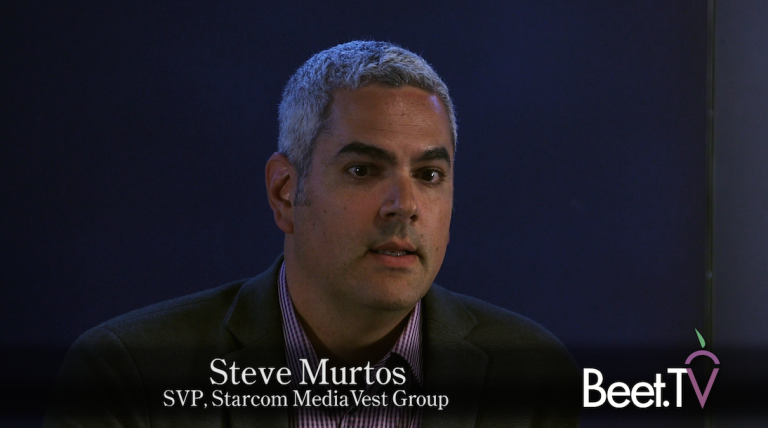
The hot discussion in the crossover of television and advertising technology is about household-level TV ad targeting. So-called “addressable” TV is slowly becoming a reality in some markets, promising markets internet-style specific targeting.
But what humps are still in the road to an addressable future? In a panel on the topic, these executives discussed the topic…
Modi Media president Mike Bologna
“Almost 50%, 47 million households, of the United States now has the ability to insert an ad at the household level.
“Demand is where it gets a little bit tricky. To truly benefit … the advertiser needs to know who they really want to reach… a really granular segment. This requires advertisers to think about, ‘Do I want to reach drivers of a specific vehicle?’ That requires pooling together different data sources.”
Starcom MediaVest SVP Steve Murtos
“As we start to scale, we need more automation. Agencies need to help advertisers understand how to think about this, what the right sequencing of messaging is.”
AT&T AdWorks Rick Welday
“It’s such a different mindset from an agency perspective. This is very different (from traditional ad-buying). There’s an evolution that still has to occur within the agency space to help customers understand that we’re no longer purchasing premium content – we’re pursuing the audience; the audience becomes addressable.”
Citi senior media manager Kim O’ Connor
“On our end, people are way more excited about the idea of being targeted and addressable than the idea that you’re going to run spots in Big Bang Theory
“The challenge is, the space is a little bit fractured. Five different providers, you have to go to each provider to get individual cost, there are five different research studies.”
Programming Note: Murtos will be speaking at the Beet Retreat next month in Floridaabout this and related topics.
He was interviewed last month by LUMA Partners CEO Terence Kawaja, at an event about the future of addressable TV presented by AT&T AdWorks in association with Beet.TV Please find more videos here